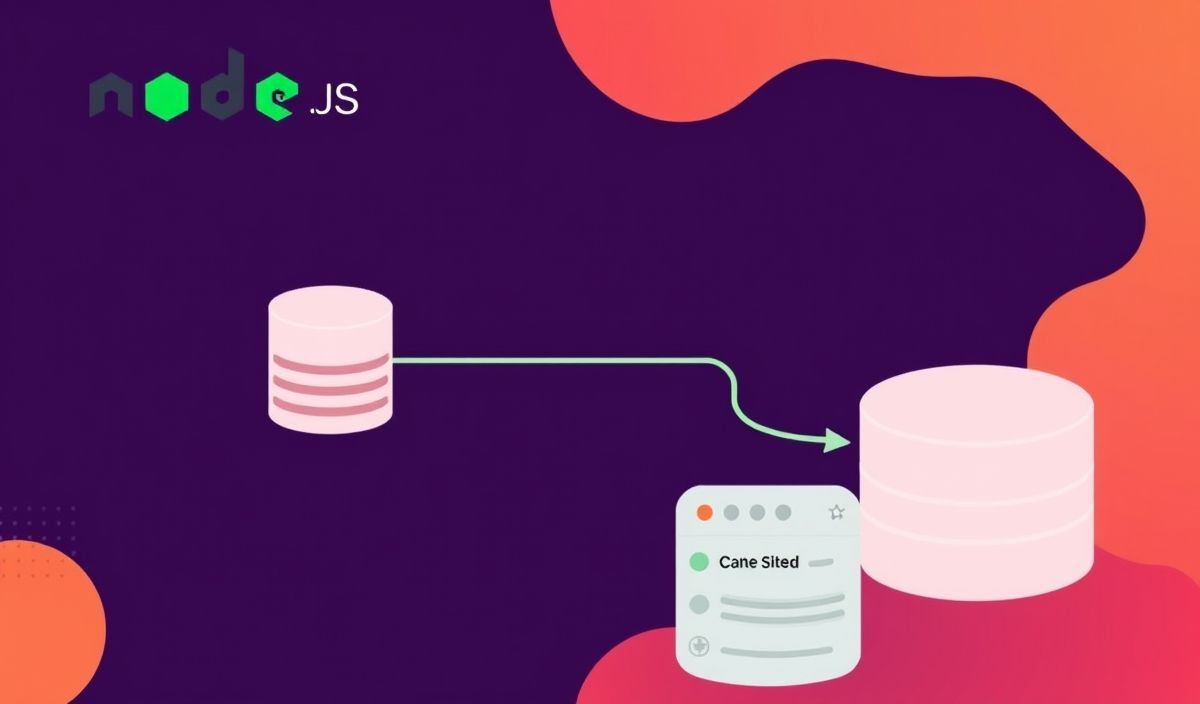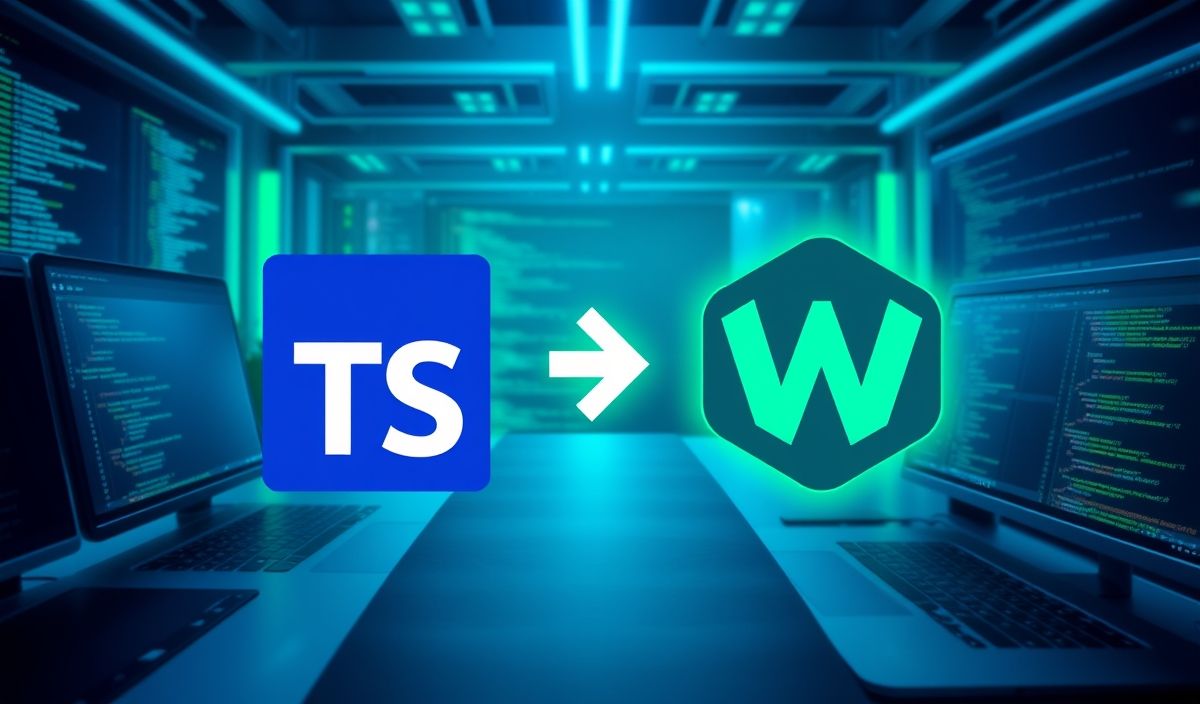Welcome to the Comprehensive Guide to GlueJS
GlueJS is a powerful JavaScript library designed to aid in building modular applications. It provides a clean and efficient API for developers looking to manage dependencies, modules, and components in their projects.
Getting Started with GlueJS
To get started with GlueJS, you need to include the library in your project. You can do this using a CDN or by downloading the library files from the official website.
// Including GlueJS from a CDN
<script src="https://cdn.jsdelivr.net/npm/gluejs/glue.min.js"></script>
Basic API Usage
Define a Module
The Glue.module function is used to define a module. This function takes two arguments: the name of the module and a factory function.
Glue.module('myModule', function() {
return {
hello: function() {
return 'Hello, World!';
}
};
});
Require a Module
Use the Glue.require function to import your defined module.
Glue.require('myModule', function(myModule) {
console.log(myModule.hello());
});
Advanced API Usage
Defining Dependencies
You can define dependencies for your modules to ensure they are loaded in the correct order.
Glue.module('moduleA', function() {
return {
greet: function() {
return 'Greetings from moduleA';
}
};
});
Glue.module('moduleB', ['moduleA'], function(moduleA) {
return {
showGreeting: function() {
console.log(moduleA.greet());
}
};
});
Defining Global Values
GlueJS allows defining global values and objects that can be shared across modules.
Glue.value('config', {
apiUrl: 'https://api.example.com'
});
Glue.module('apiCaller', ['config'], function(config) {
return {
fetchData: function() {
fetch(config.apiUrl)
.then(response => response.json())
.then(data => console.log(data));
}
};
});
App Example
Let’s create a simple app using the APIs discussed above.
// Defining the modules
Glue.module('userModule', function() {
return {
getUser: function(id) {
return { id: id, name: 'John Doe' };
}
};
});
Glue.module('displayModule', function() {
return {
renderUser: function(user) {
console.log('User: ' + user.name);
}
};
});
Glue.module('app', ['userModule', 'displayModule'], function(userModule, displayModule) {
return {
run: function() {
const user = userModule.getUser(1);
displayModule.renderUser(user);
}
};
});
// Running the app
Glue.require('app', function(app) {
app.run();
});
Conclusion
With GlueJS, you can easily manage the modules and dependencies in your JavaScript projects. We hope this guide has provided you with a solid foundation to start using GlueJS in your own applications. Happy coding!
Hash: f3e966665c0da133b38127e0a20ba6e1633b1269868a196ef64517afa07d593f




